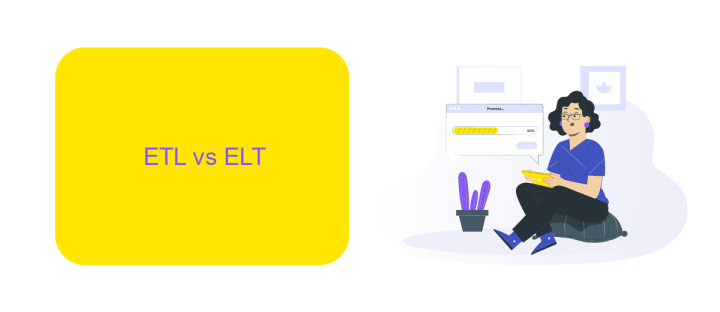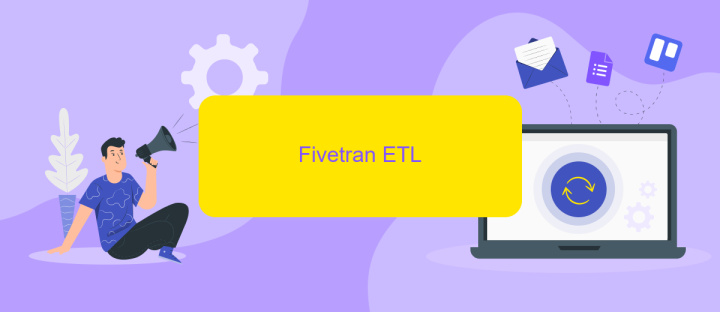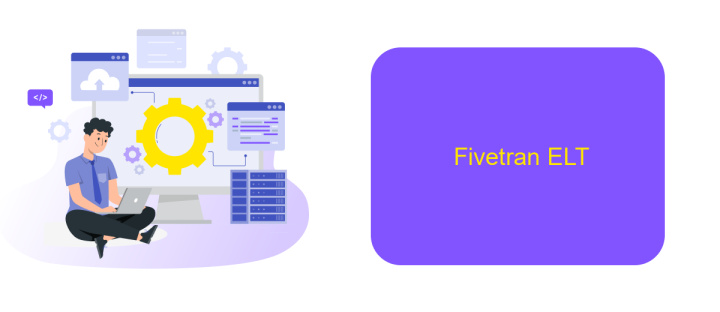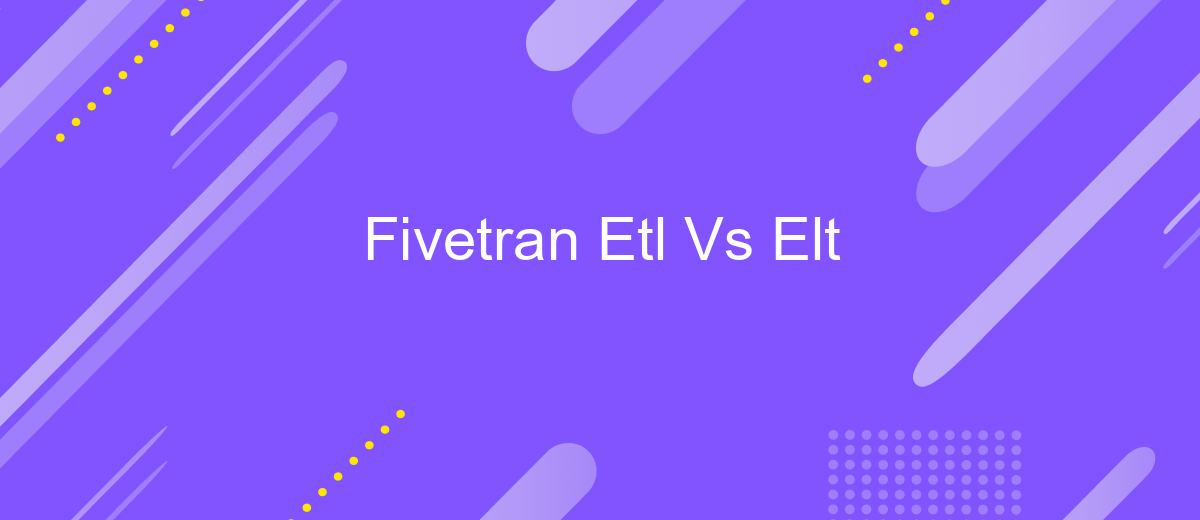Fivetran Etl Vs Elt
In the rapidly evolving landscape of data integration, Fivetran stands out as a powerful tool for both ETL (Extract, Transform, Load) and ELT (Extract, Load, Transform) processes. This article delves into the key differences between ETL and ELT, examining how Fivetran optimizes each approach to streamline data workflows and enhance business intelligence.
Introduction
In the ever-evolving landscape of data management, the debate between ETL (Extract, Transform, Load) and ELT (Extract, Load, Transform) methodologies continues to be a focal point for organizations aiming to optimize their data workflows. Fivetran, a leading data integration service, has emerged as a significant player in this space, offering robust solutions for both ETL and ELT processes.
- ETL: Data is extracted from source systems, transformed into the desired format, and then loaded into the target system.
- ELT: Data is extracted and loaded into the target system first, and then transformed using the processing power of the target system.
Choosing between ETL and ELT can significantly impact the efficiency and scalability of your data operations. Tools like ApiX-Drive can further streamline this process by automating integrations and ensuring seamless data flow between various platforms. Understanding the strengths and limitations of each approach is crucial for making an informed decision that aligns with your organization's data strategy.
ETL vs ELT

ETL (Extract, Transform, Load) and ELT (Extract, Load, Transform) are two distinct data integration processes used for moving data from various sources into a data warehouse. ETL involves extracting data from source systems, transforming it into a suitable format, and then loading it into the target system. This approach is beneficial when dealing with complex transformations and ensures that data is clean and structured before it reaches the destination.
On the other hand, ELT extracts data and loads it directly into the data warehouse, where transformations are performed. This method leverages the power of modern data warehouses to handle large-scale transformations more efficiently. Tools like ApiX-Drive can streamline these processes by automating data extraction and loading, making it easier to set up integrations without extensive coding. Choosing between ETL and ELT depends on the specific needs of the organization, including the complexity of data transformations and the capabilities of the target data warehouse.
Fivetran ETL

Fivetran is a powerful ETL (Extract, Transform, Load) tool designed to streamline the data integration process. It automates data extraction from various sources, transforming it into a suitable format, and loading it into a destination data warehouse or data lake. This automation reduces the need for manual coding and significantly speeds up the data integration process.
- Automated Data Extraction: Fivetran connects to a wide range of data sources and automatically extracts data with minimal configuration.
- Data Transformation: The platform transforms the extracted data into a format that is ready for analysis, ensuring consistency and reliability.
- Seamless Data Loading: Fivetran loads the transformed data into your chosen data warehouse or data lake, ensuring it is ready for immediate use.
In addition to its core functionalities, Fivetran can be complemented with services like ApiX-Drive. ApiX-Drive facilitates the integration process by providing a user-friendly interface to connect various applications and automate workflows, further enhancing the efficiency of your ETL operations.
Fivetran ELT

Fivetran is a robust ELT (Extract, Load, Transform) solution that simplifies the process of data integration. Unlike traditional ETL processes, Fivetran focuses on streamlining data extraction and loading, leaving the transformation tasks to be handled within the data warehouse. This approach ensures that data is available more quickly and can be transformed using the power of modern data warehousing technologies.
One of the key benefits of Fivetran is its fully managed service, which requires minimal maintenance and oversight. Users can easily connect various data sources to their data warehouse with just a few clicks, thanks to its intuitive interface and extensive connector library. This enables businesses to focus more on analyzing data rather than managing data pipelines.
- Automated schema migration
- Real-time data replication
- Comprehensive connector library
- Seamless integration with major data warehouses
- Minimal configuration and maintenance
Additionally, for businesses looking to further streamline their integration processes, services like ApiX-Drive can be invaluable. ApiX-Drive allows users to automate data workflows between various applications and services, enhancing the overall efficiency of data management. By leveraging both Fivetran and ApiX-Drive, organizations can achieve a highly optimized and automated data integration ecosystem.
Comparison
When comparing Fivetran's ETL (Extract, Transform, Load) and ELT (Extract, Load, Transform) approaches, it's essential to understand their core differences. ETL processes data transformation before loading it into the destination, ensuring data is clean and structured upon arrival. This method can be beneficial for organizations that need to comply with strict data governance and quality standards. Conversely, ELT loads raw data directly into the destination and performs transformations there, offering greater flexibility and speed, especially useful for handling large volumes of unstructured data.
Fivetran's automated data integration platform supports both ETL and ELT, making it versatile for various business needs. For those looking to streamline integration setup, services like ApiX-Drive can be invaluable. ApiX-Drive simplifies the connection between different applications and systems, allowing users to automate workflows without deep technical knowledge. This can enhance the overall efficiency of both ETL and ELT processes by reducing manual intervention and ensuring seamless data flow between disparate systems.
- Automate the work of an online store or landing
- Empower through integration
- Don't spend money on programmers and integrators
- Save time by automating routine tasks
FAQ
What is the primary difference between ETL and ELT?
When should you use ETL over ELT?
What are the advantages of using ELT?
Can Fivetran be used for both ETL and ELT processes?
What tools can help automate and integrate ETL/ELT processes without extensive coding?
Time is the most valuable resource in today's business realities. By eliminating the routine from work processes, you will get more opportunities to implement the most daring plans and ideas. Choose – you can continue to waste time, money and nerves on inefficient solutions, or you can use ApiX-Drive, automating work processes and achieving results with minimal investment of money, effort and human resources.


